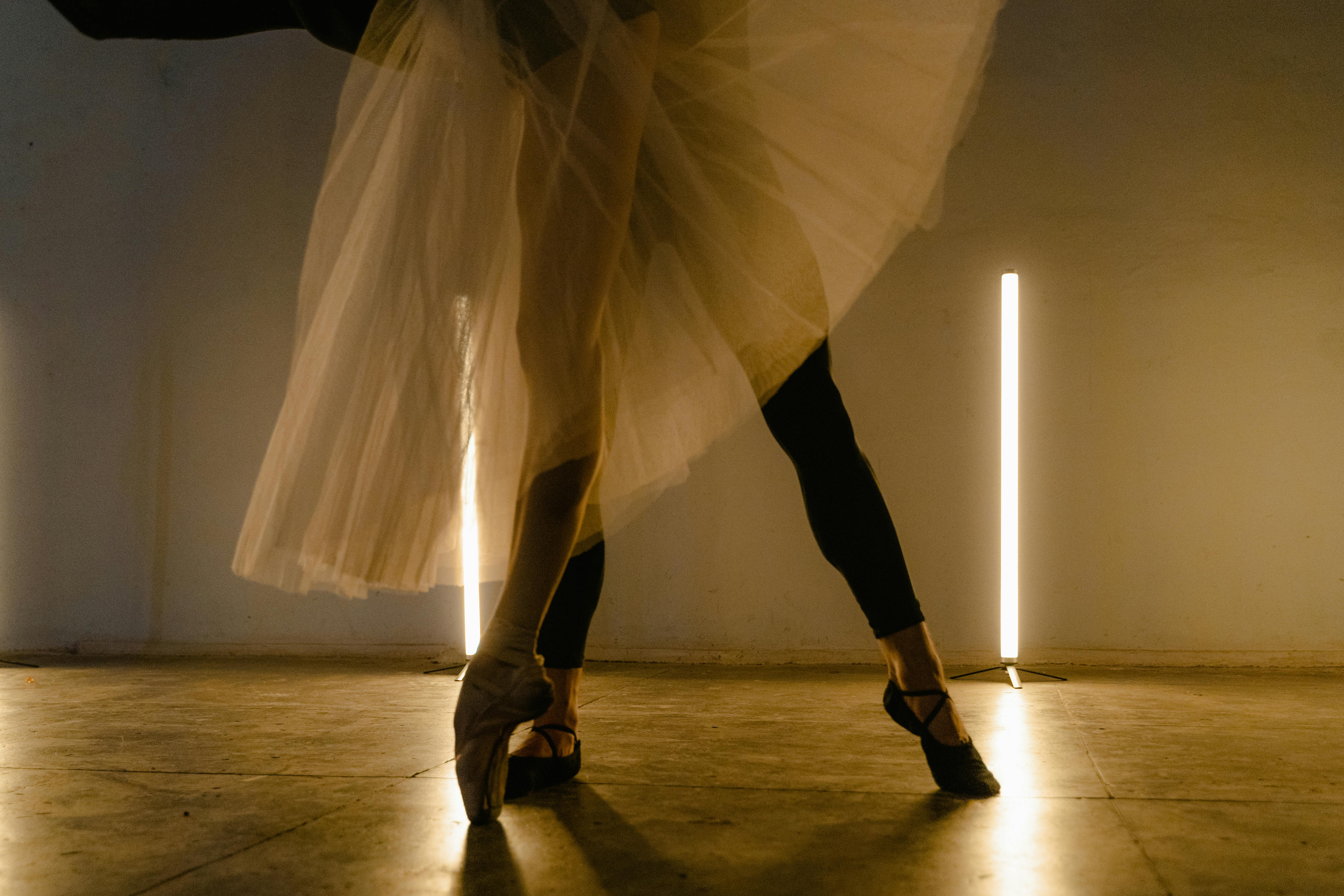Unraveling the Neon Art Phenomenon: A Luminous Twist in Contemporary Art
Introduction: Neon art, a striking blend of light, color, and design, is gaining luminous traction in the contemporary art scene. This article delves into the origins, current trends, and significance of this captivating art form, illuminating how it has lit up the creative world.

From Glass Tubes to Glowing Artistry: The Origins of Neon Art
Neon art traces its roots back to the early 20th century, when Georges Claude, a French engineer, introduced neon-filled glass tubes as a novel form of lighting. Initially famed for their use in advertising, these glowing tubes soon caught the attention of the art world. The late 1960s saw artists such as Bruce Nauman and Stephen Antonakos experiment with neon, bringing it out of the commercial context and into the realm of high art.
The Neon Renaissance: Current Trends in Neon Art
Today, neon art is experiencing a renaissance, with artists worldwide lured by its unique allure. Contemporary artists like Tracey Emin and Olivia Steele have adopted neon as their primary medium, creating works that combine luminosity with compelling narratives. Neon art installations are increasingly featured in galleries and art festivals, and the demand for custom neon signs in interior décor is soaring.
Illuminating Society: The Impact of Neon Art
Neon art is not just about glowing aesthetics; it has a profound societal impact. Its unique blend of light and color attracts attention, provoking thought and conversation. Artists use neon to convey powerful messages about various societal issues, including mental health, politics, and environmental concerns. The medium’s ability to transform public spaces into vibrant artscapes has also been instrumental in revitalizing urban areas.
The Luminous Appeal: Why Neon Art Resonates
The appeal of neon art lies in its unique combination of visual and emotional resonance. Its vibrant colors and glowing light create an immersive experience that captivates viewers. On an emotional level, neon’s nostalgic charm, reminiscent of vintage advertising and retro aesthetics, strikes a chord with audiences. Additionally, the medium’s versatility allows for a wide range of artistic expression, from minimalist designs to intricate narratives.
The Future of Neon: A Bright Outlook
As neon art continues to gain popularity, the future looks bright for this luminous medium. Advancements in technology, such as LED neon, offer artists new possibilities for creativity. The growing appreciation for neon art also suggests its potential to become a mainstay in the contemporary art scene.
Neon art’s journey from commercial signage to a respected artistic medium is a testament to the dynamic evolution of art. Through its vibrant aesthetics and societal impact, neon art illuminates not just our surroundings, but the nuances of our contemporary world. As it lights up our galleries, streets, and homes, it is evident that neon art is more than just a trend—it is a glowing revolution in the art world.




